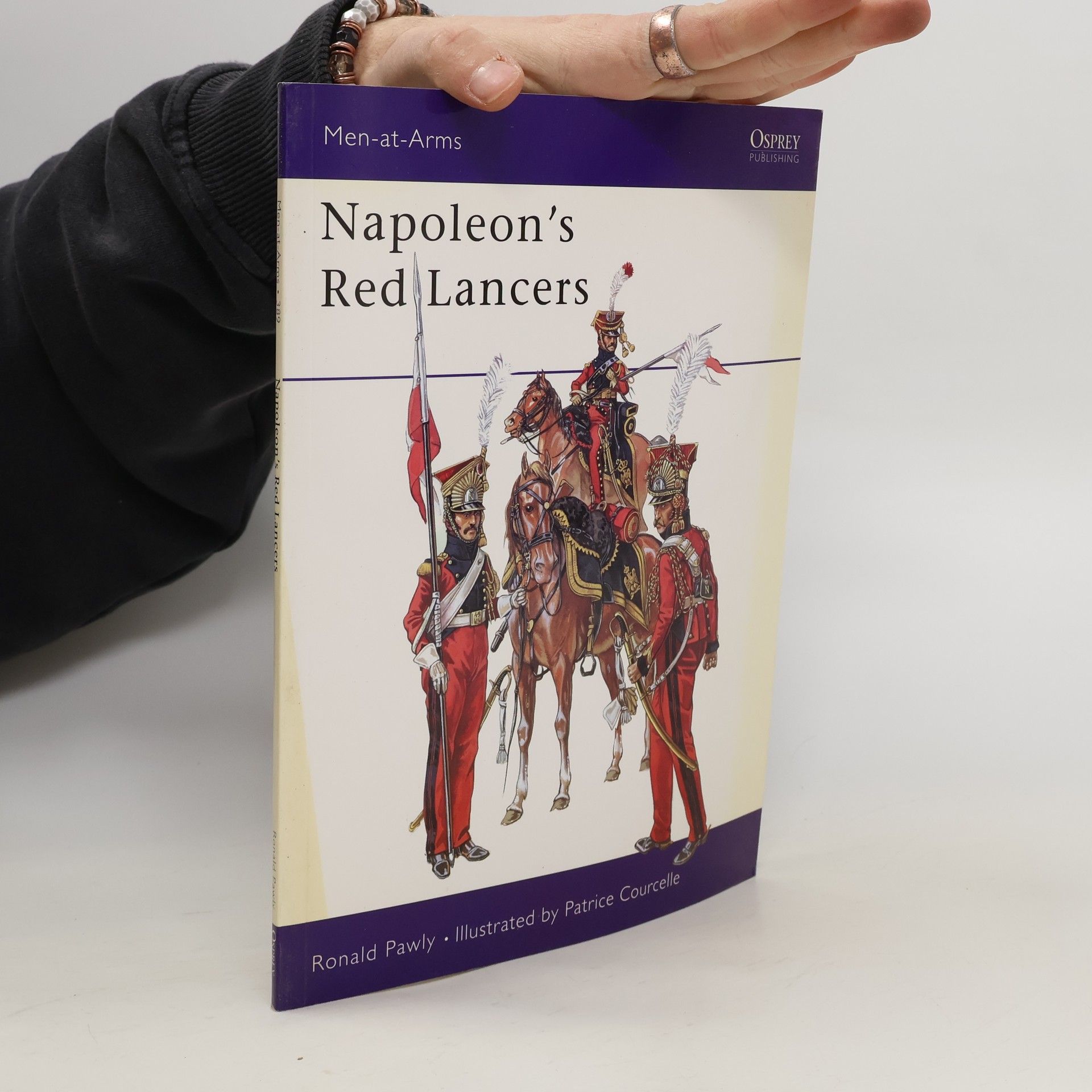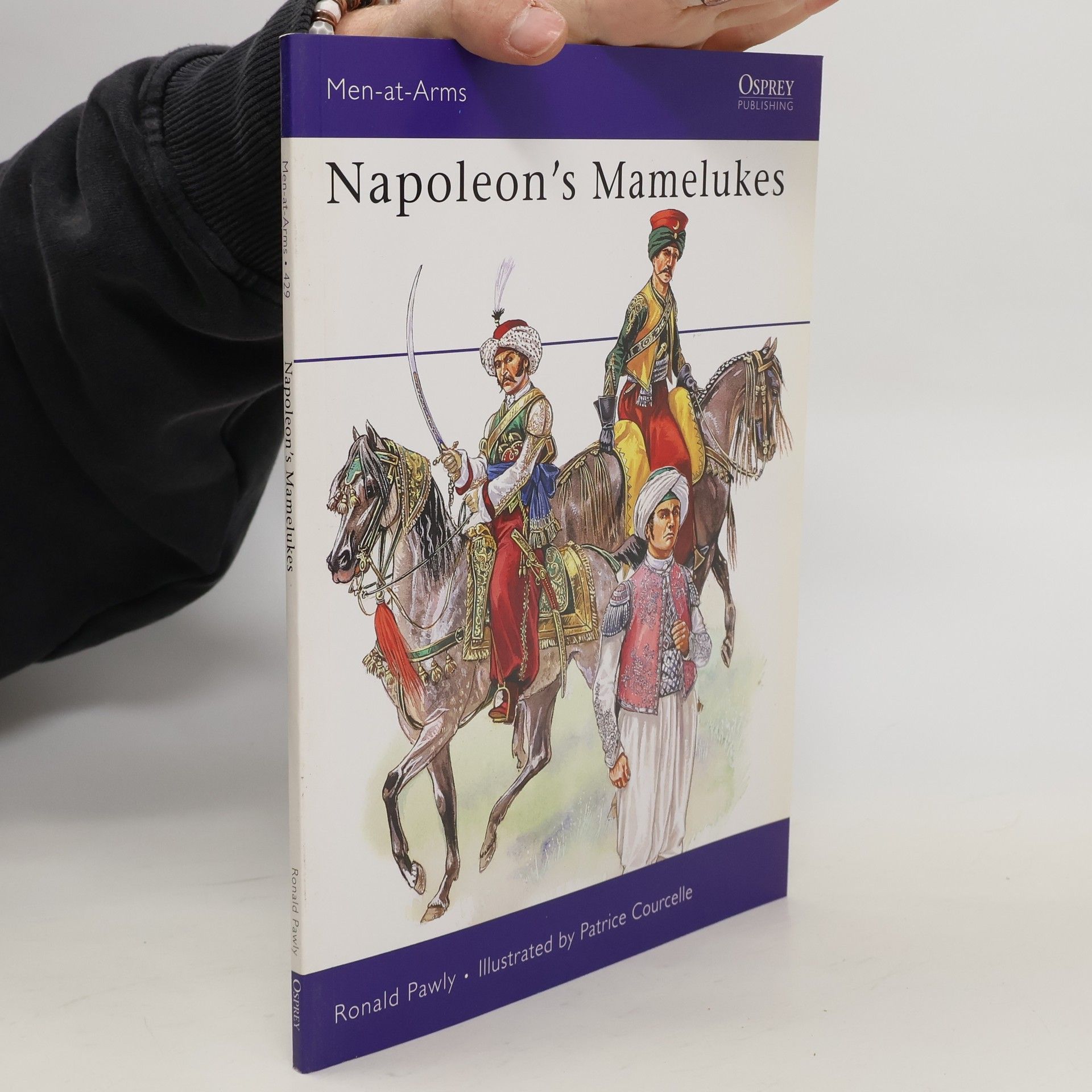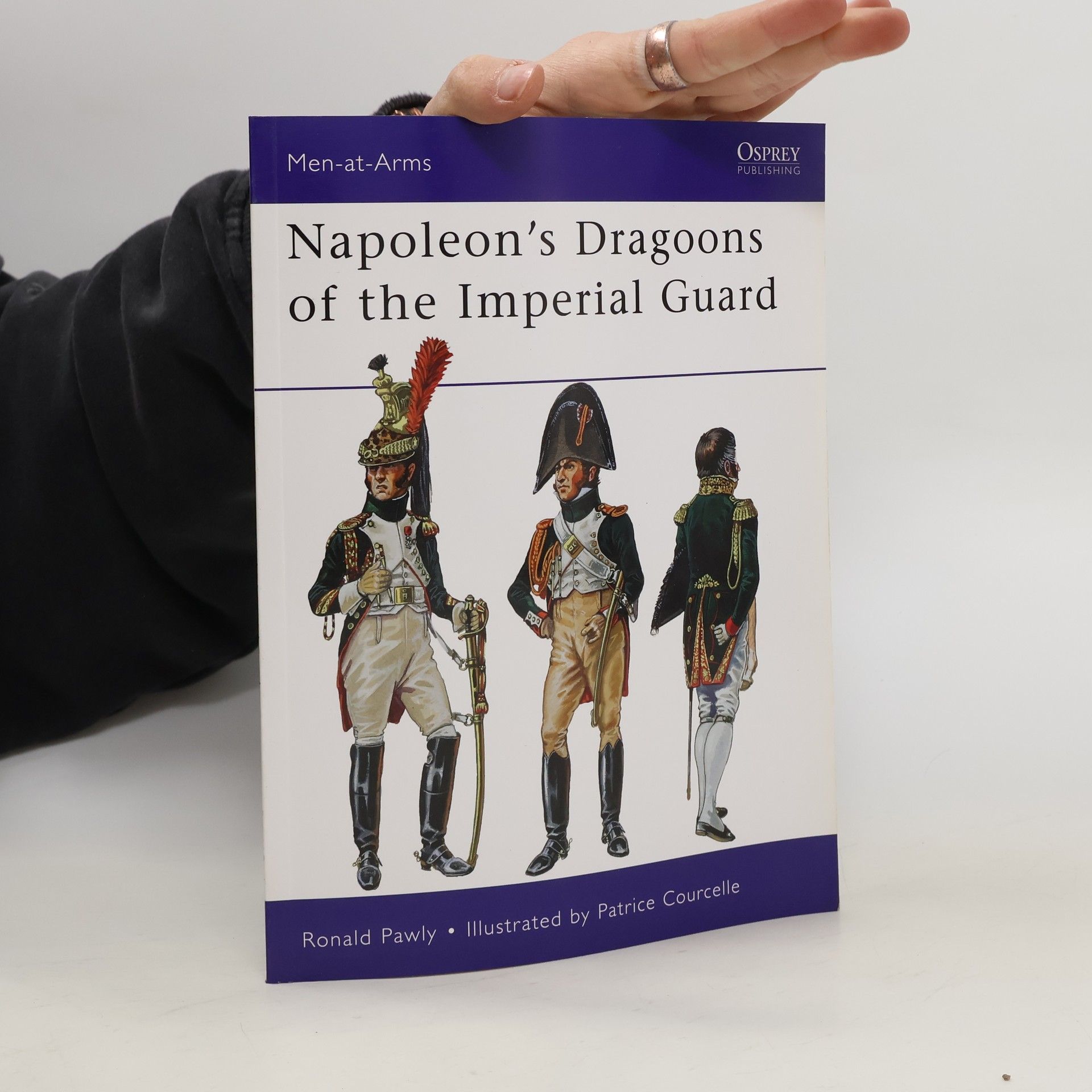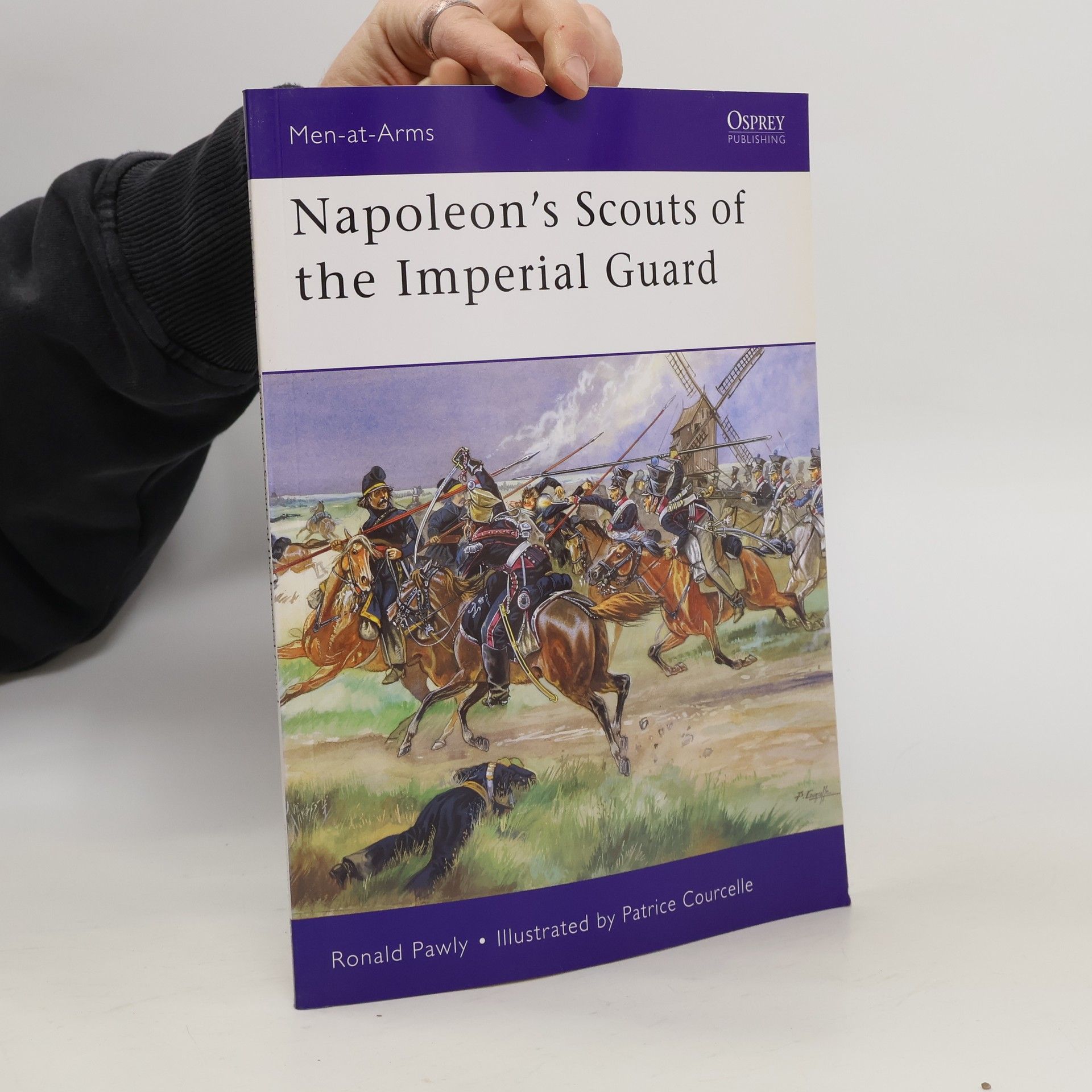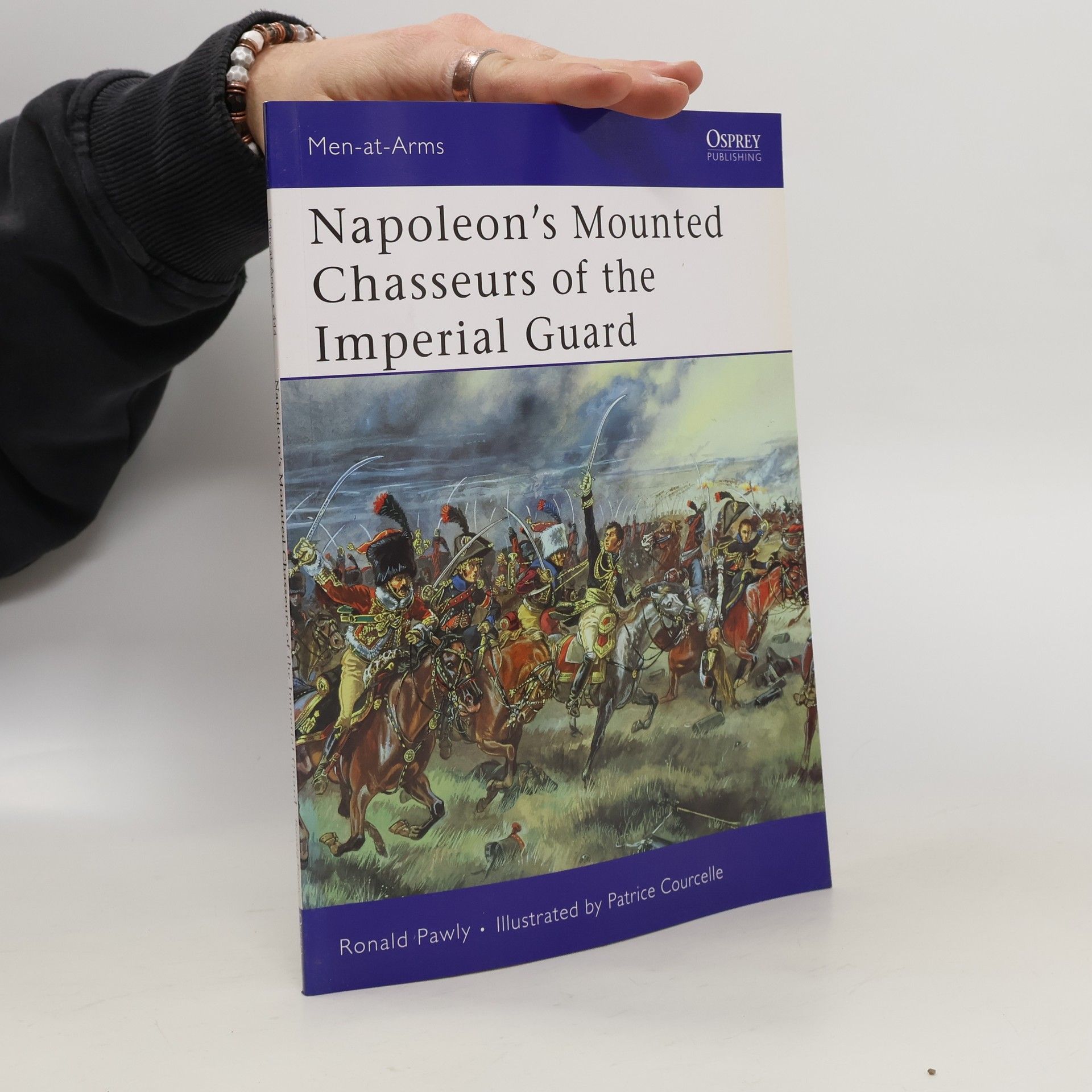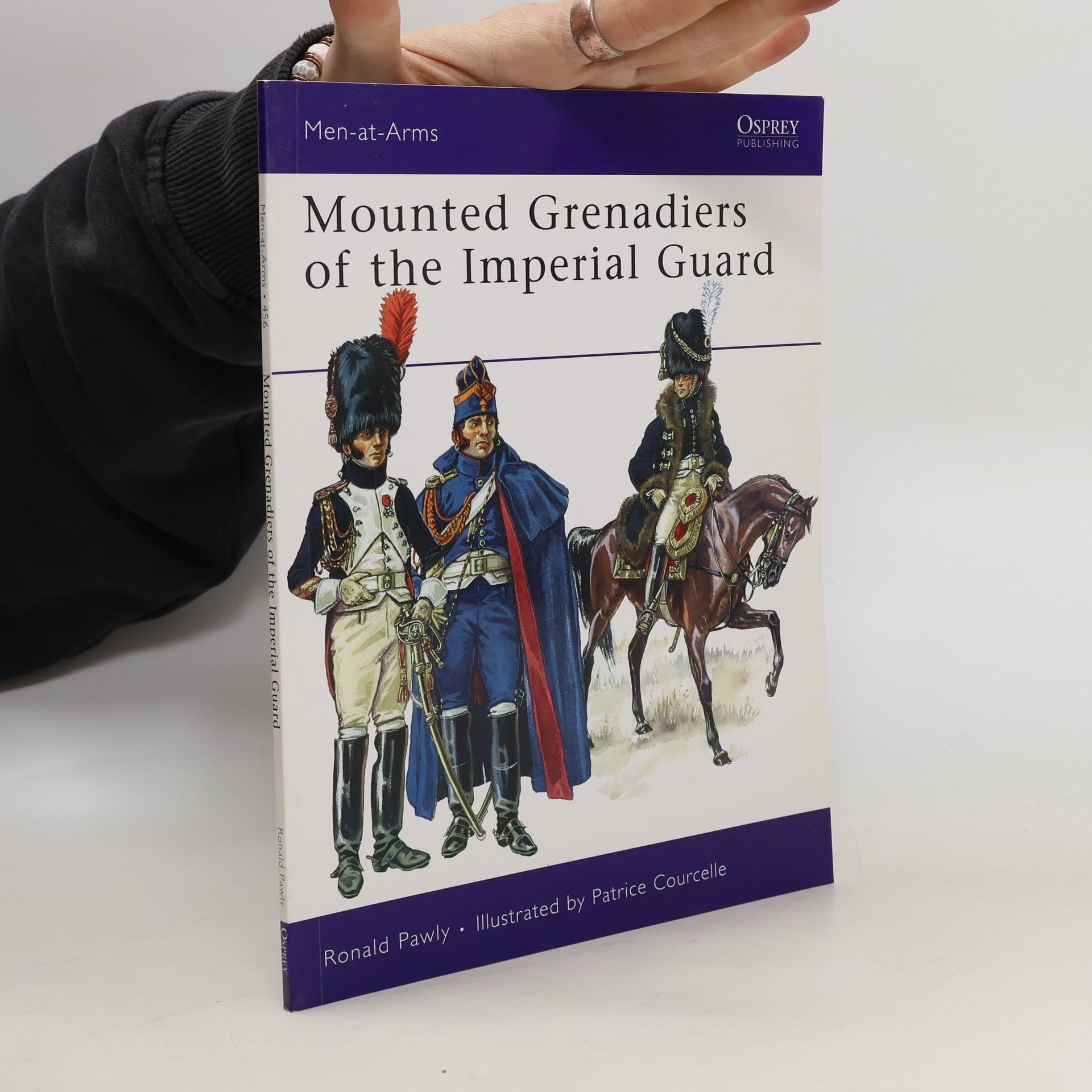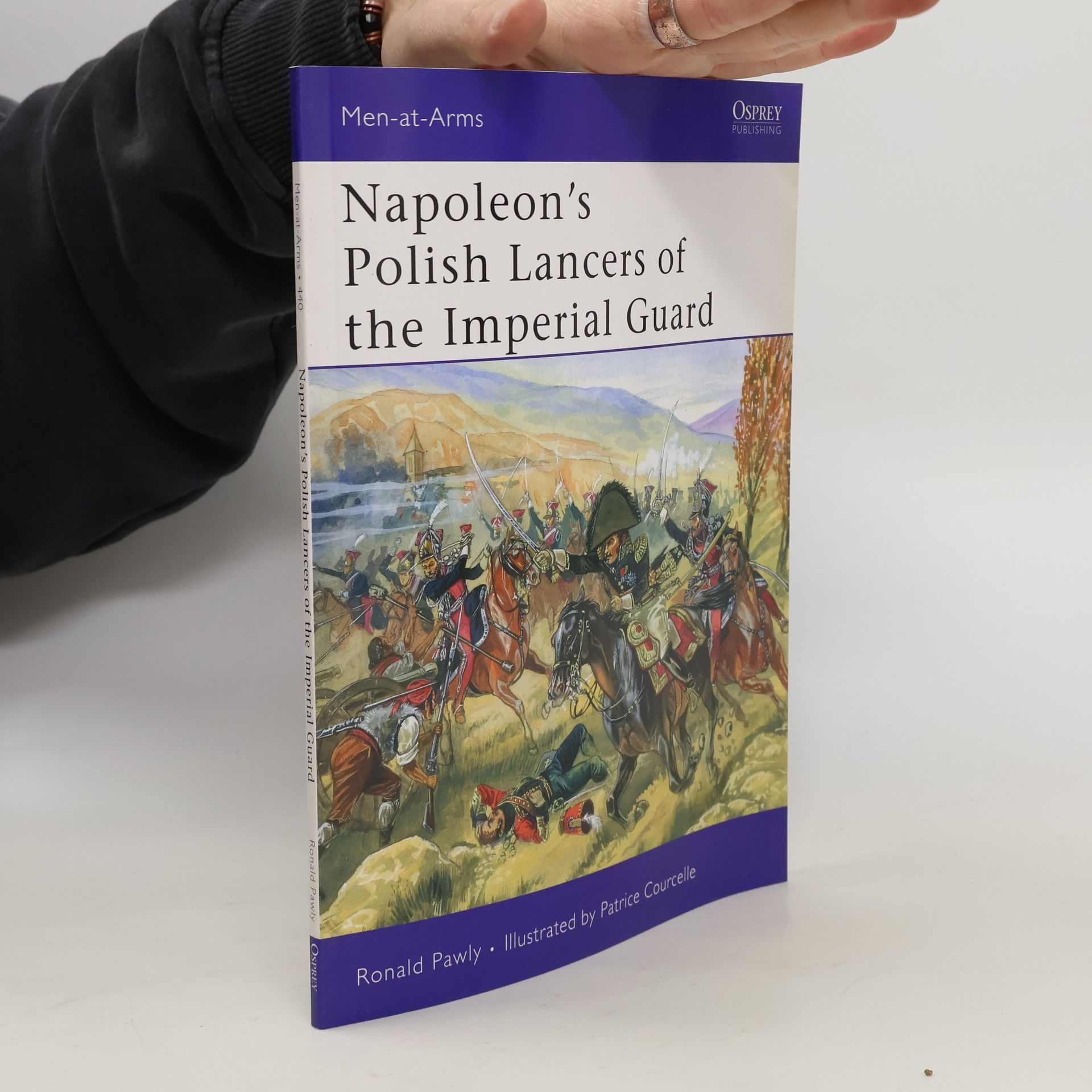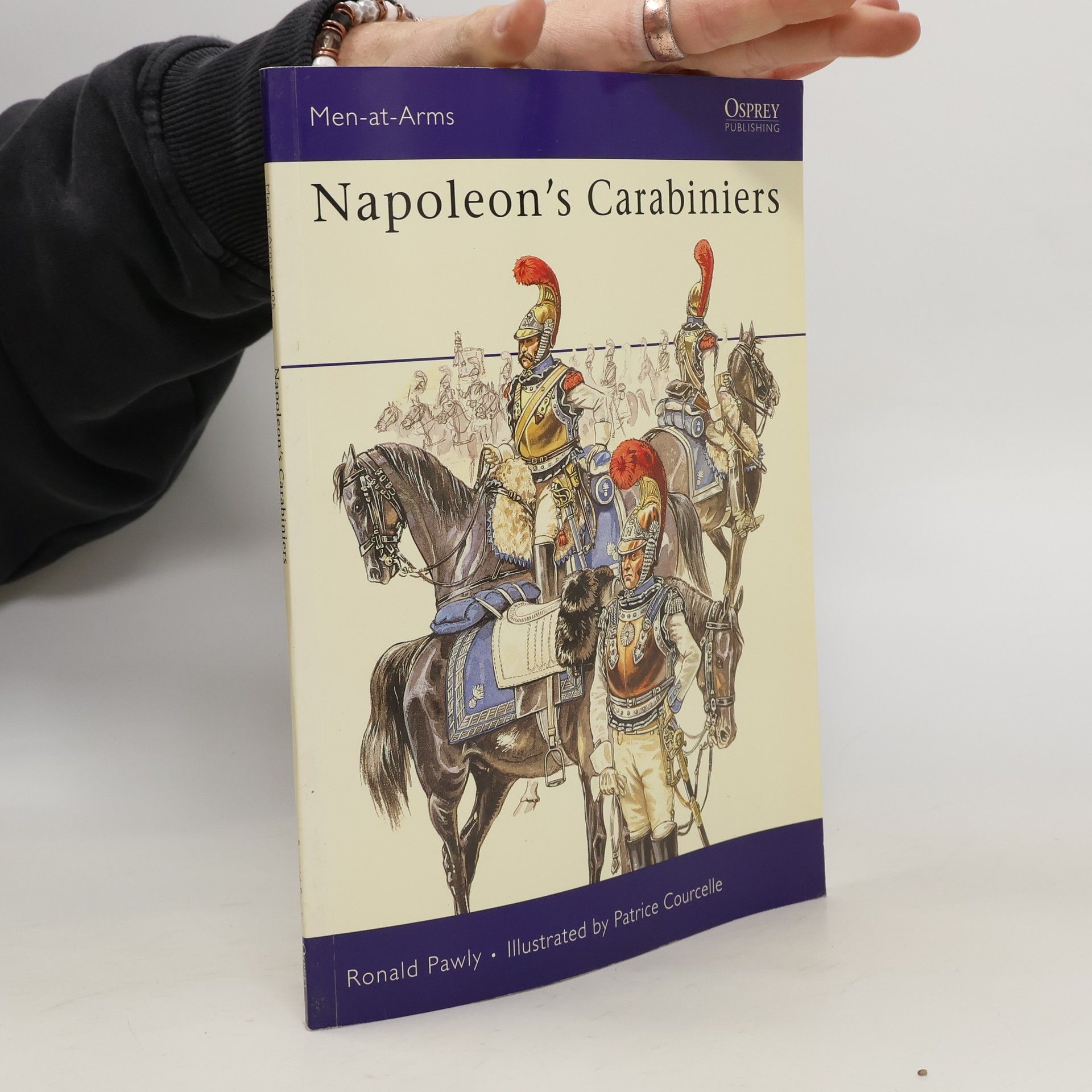Mounted Grenadiers of the Imperial Guard
- 48bladzijden
- 2 uur lezen
Mounted upon their huge black horses, the Mounted Grenadiers of the Imperial Guard were the senior heavy cavalry unit of the French army and were never defeated in battle. Their long list of battle honors earned them the nicknames 'the Giants' and 'the Gods'.In this latest addition to the Osprey mini-series on the Imperial Guard, author Ronald Pawly tells the story of this famous unit using unparalleled documentary and pictorial sources. Along with detailed artwork depicting the unit's colorful uniforms, this book gives a history of the unit's organization and record drawn from original letters, orders, and inspection reports that still survive in the Paris Archives. Interspersed are the stories of some of the individuals that served in the Mounted Grenadiers and helped to make it one of the most storied units to have served during the Napoleonic Wars (1799-1815).
